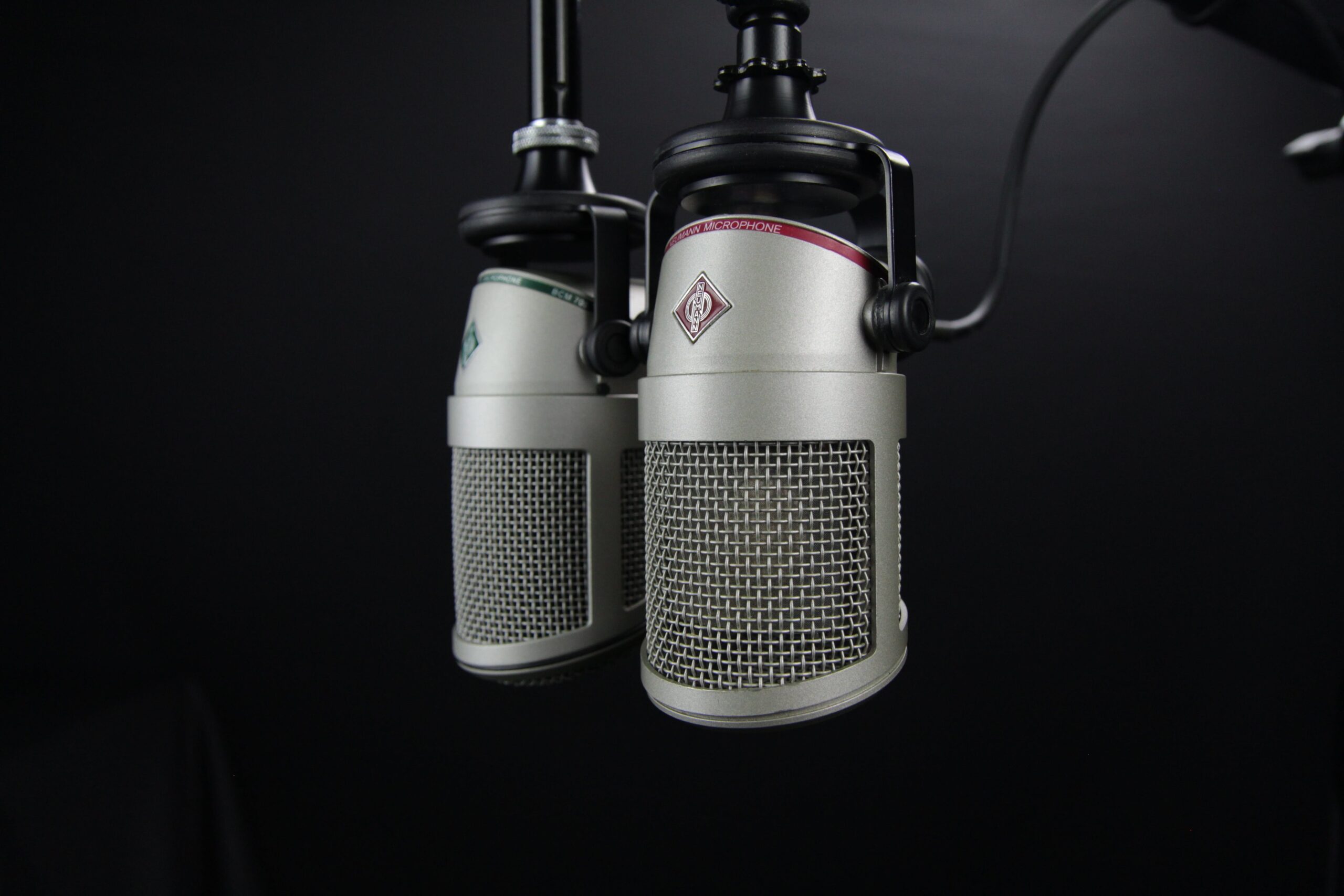Introduction:
In the realm of audio technology, the dynamic duo of microphones and speakers plays a pivotal role in capturing and reproducing sound, enriching our experiences in countless applications. Whether it’s a live concert, a podcast, or a simple phone call, the collaboration between microphones and speakers forms the backbone of our auditory interactions. This article explores the intricacies of these devices, their functionalities, and the crucial role they play in shaping the way we communicate and experience sound.
- Microphones: Capturing the Essence of Sound:Microphones are transducers that convert acoustic sound waves into electrical signals. Their fundamental purpose is to capture the nuances of sound and transform them into a format that can be amplified, recorded, or transmitted. There are various types of microphones, each designed for specific applications:a. Dynamic Microphones: Robust and versatile, commonly used in live performances and recording instruments.b. Condenser Microphones: Known for their sensitivity and high-quality audio capture, often used in studio environments.c. Lavalier Microphones: Compact and wearable, ideal for hands-free applications, such as public speaking or broadcasting.
- Speakers: Bringing Sound to Life:Speakers, on the other hand, are devices that convert electrical signals back into acoustic sound waves. They play a crucial role in delivering the audio content captured by microphones to our ears. Different types of speakers cater to various needs:a. Dynamic Speakers: Commonly found in home audio systems, headphones, and many portable devices.b. Piezoelectric Speakers: Used in applications where size and weight are critical, such as in some smartphones and wearable devices.c. Subwoofers: Specialized speakers designed to reproduce low-frequency sounds, enhancing the audio experience, particularly in home theaters and music systems.
- The Symbiotic Relationship:The synergy between microphones and speakers is evident in a wide range of scenarios:a. Live Performances: Microphones capture the sound of musical instruments and vocals, while speakers amplify and broadcast the performance to the audience.b. Communication Devices: In smartphones and telecommunication systems, microphones pick up our voice, and speakers allow us to hear the voices of others.c. Recording Studios: Microphones capture the nuances of a singer’s voice or the intricacies of an instrument, and speakers play back the recorded audio with precision.
- Advancements in Technology:a. Wireless Connectivity: Bluetooth technology has untethered microphones and speakers, allowing for seamless, cable-free communication.b. Noise-Canceling Technology: Both microphones and speakers have benefited from advancements in noise-canceling technology, improving the clarity of audio capture and reproduction.
- Challenges and Future Innovations:As technology progresses, challenges such as feedback, distortion, and signal interference are continually addressed. Innovations in materials, signal processing, and design aim to enhance the overall performance of microphones and speakers, providing users with a richer and more immersive audio experience.
Conclusion:
Microphones and speakers, though often overlooked, are indispensable components of our auditory world. From the grandeur of a live concert to the intimacy of a whispered conversation, these devices work in tandem to capture, reproduce, and amplify the beauty of sound. As technology evolves, so too will the capabilities of microphones and speakers, ensuring that the harmony they create continues to resonate in our daily lives.
